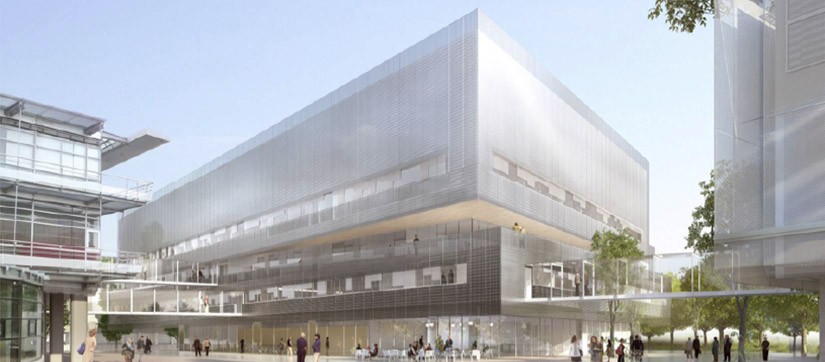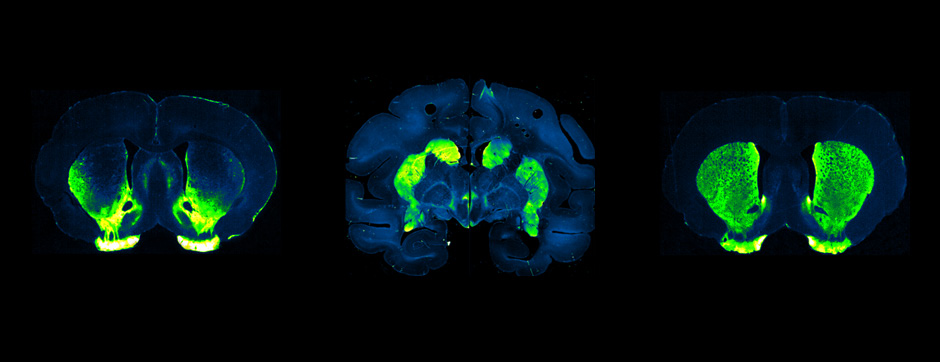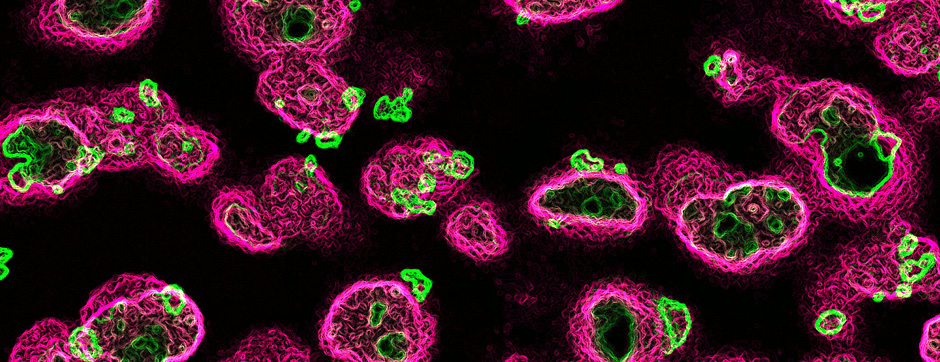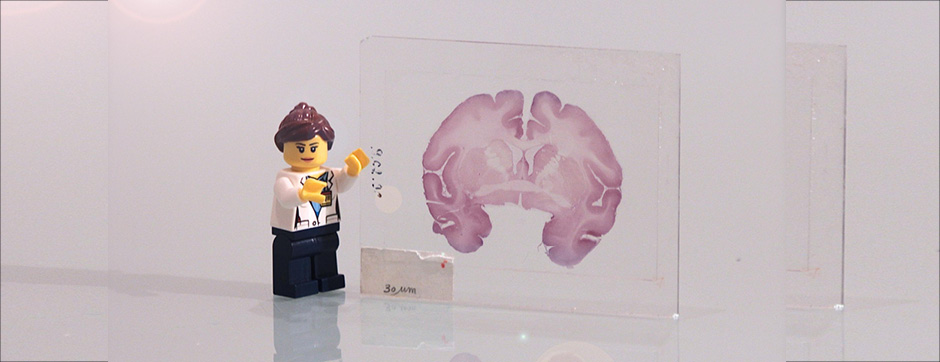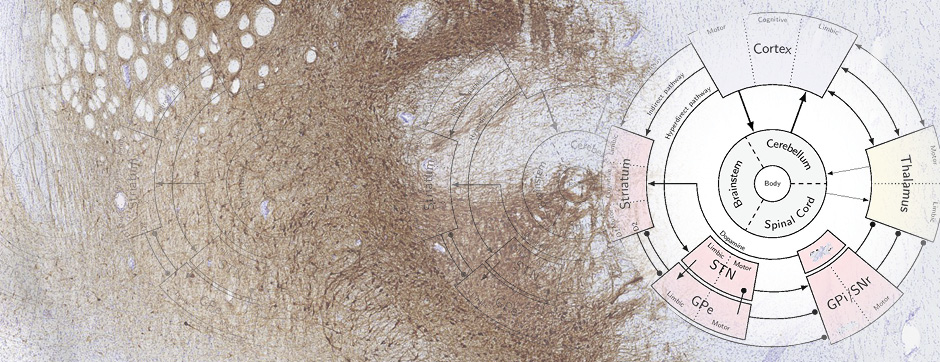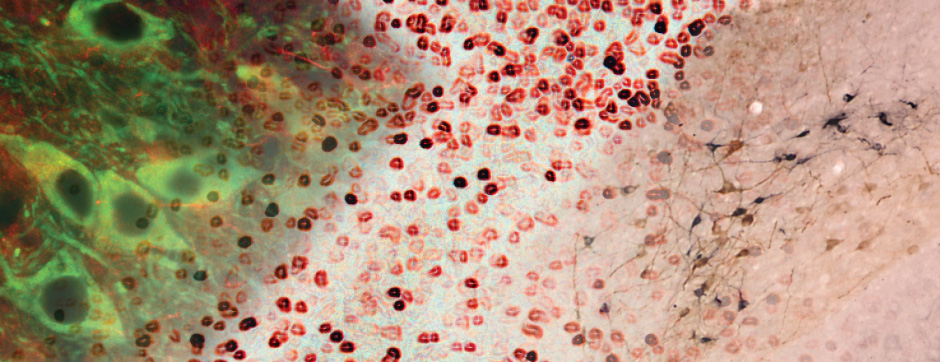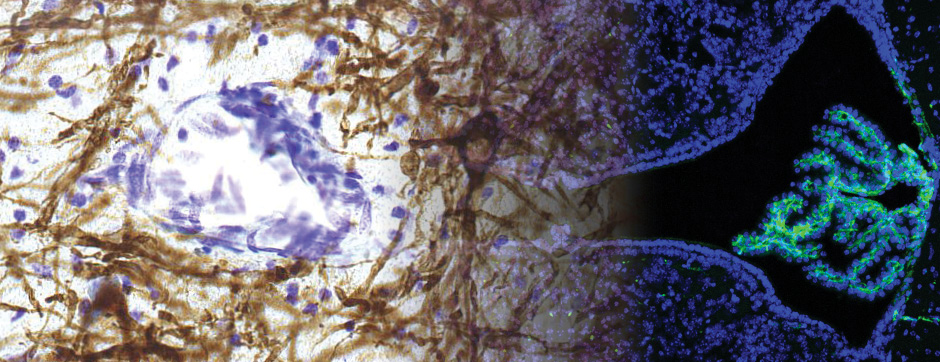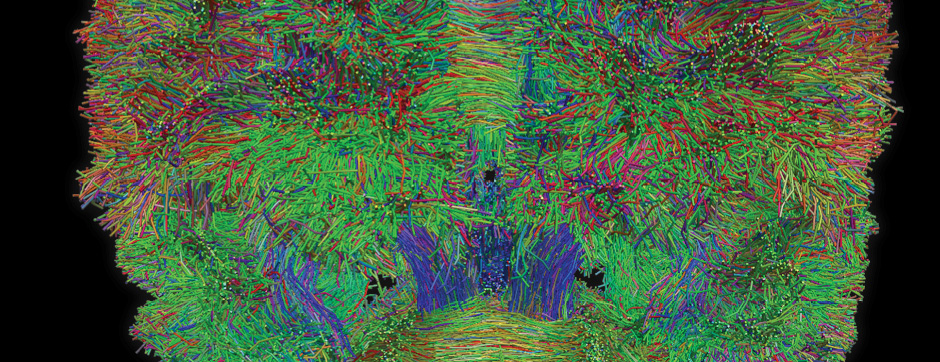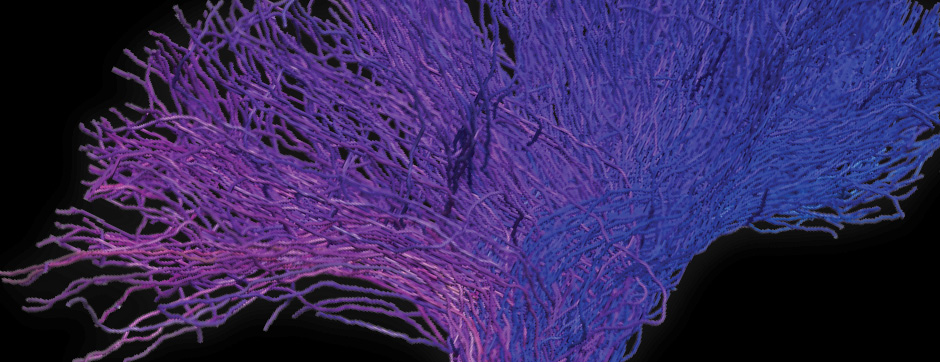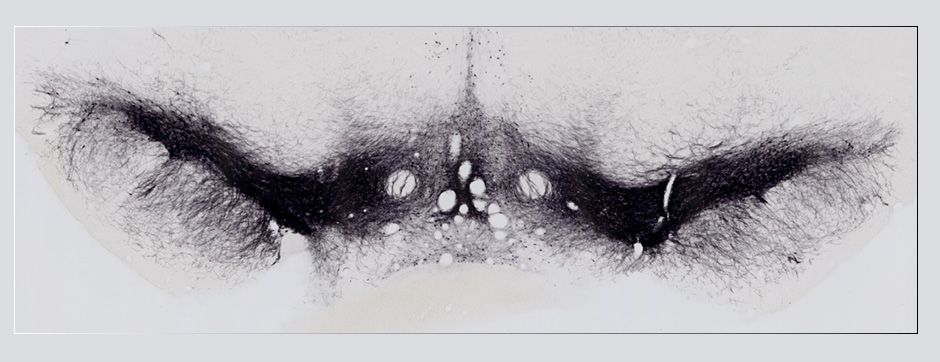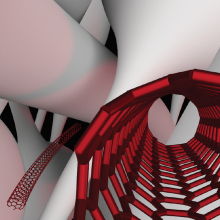A landmark paper from the IdEx-funded EXTRABRAIN project has come to light this week
Understanding the role of the extracellular space (ECS) in modulating neuronal communication represents a knowledge frontier in current brain research. This limit has conceptual and methodological roots: the ECS complex 3-D dynamical organization and the current lack of dedicated relevant investigation tools. The goal of EXTRABRAIN (Laurent Cognet – LP2N, Laurent Groc – IINS, Mireille Blanchard-Desce – ISM and for IMN, Erwan Bezard and Bruno Bontempi) is to establish a proof-of-concept that spatio-temporal dynamics of ECS and membrane receptors critically involved in synaptic plasticity are intimately entangled and play a pivotal physiological and pathological role in Alzheimer’s and Parkinson’s diseases (AD and PD). To decrypt the intimate interplay between ECS and receptors in shaping neuronal network (dys)function, we use innovative optical nanoimaging methodologies based on nano-reporters (single-wall carbon nanotubes) coupled to tailored memory paradigms and animal models of AD and PD. In this Idex project, we specifically wish to image and characterize the ECS organization in physiopathological brain tissues using various probes, carbon nanotubes as well as ultrabright organic nanoparticles.
An article in the prestigious journal Nature Nanotechnology was published online on Nov 21 by Laurent Cognet and Laurent Groc, showing for the first time the use of carbon nanotubes as fluorescence probes to analyze at nanoscale resolution the organization of the extracellular space in live brain slices.
This is another milestone of the endeavour that started in 2014 as an interdisciplinary collaboration between the IMN, the IINS, the Laboratoire Photonique Numérique et Nanoscience (LP2N) and the Institut des Sciences Moléculaires (ISM) of Bordeaux, with the aim of exploring the extracellular space in the healthy and diseased brain.
A next step, currently under development jointly by the team of Erwan Bezard at the IMN and the laboratory of Laurent Cognet at LP2N, is to use this technology to probe the extracellular space in a mouse model of Parkinson’s Disease, and correlate it with an extensive analysis of the brain extracellular matrix and its dynamics. The ulterior goal of this project is to understand the participation of the extracellular compartment in the process of neurodegeneration that takes place in Parkinson’s Disease, and to shed light onto the aetiology of this disorder and related synucleopathies.
REFERENCE
Single-nanotube tracking reveals the nanoscale organization of the extracellular space in the live brain
Antoine G. Godin, Juan A. Varela, Zhenghong Gao, Noémie Danné, Julien P. Dupuis, Brahim Lounis, Laurent Groc and Laurent Cognet
NATURE NANOTECHNOLOGY, 2016 NOV 21 (doi: 10.1038/nnano.2016.248)

